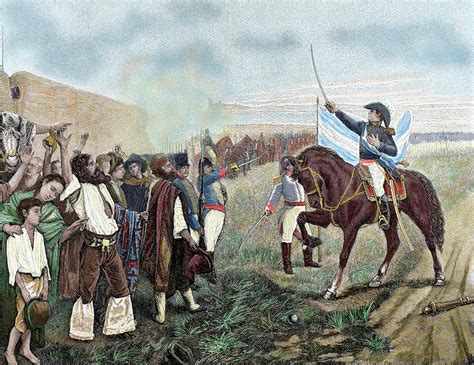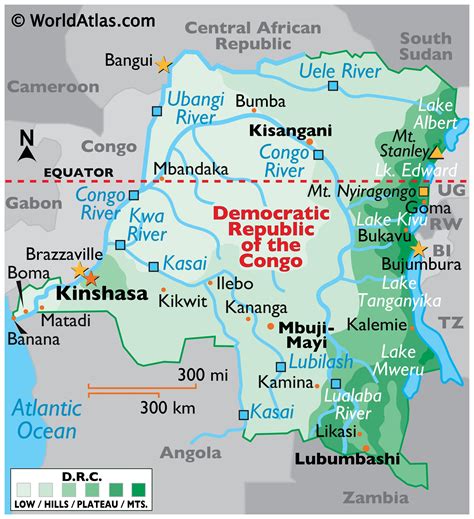Explore the rich history of the Balkans from early settlements to modern developments. Learn about the influence of Roman, Byzantine, and Ottoman empires.
Early Settlements in the Region
Contents
History of North Macedonia
North Macedonia, located in the heart of the Balkan Peninsula, has a rich and diverse history dating back to ancient times. The region was first settled by various tribes and ethnic groups, including the Thracians and Illyrians, who left behind a legacy of ancient cities, temples, and artifacts.
The ancient city of Stobi, located near present-day Gradsko, was a significant urban settlement during the Roman and Byzantine periods. Its strategic location along the main trade routes of the time made it a center for commerce, culture, and religion, leaving behind a wealth of archaeological treasures.
The influence of the Roman Empire in the region is evident in the numerous archaeological sites and ruins scattered throughout North Macedonia. The Romans built roads, bridges, and aqueducts, and established urban centers that laid the foundation for the future development of the region.
During the Byzantine Empire, North Macedonia became a hub of Christian culture and learning. Monasteries and churches were built, adorned with beautiful frescoes and mosaics that still survive today, providing a glimpse into the spiritual and artistic achievements of the Byzantine era.
The early settlements in the region set the stage for the diverse cultural heritage and historical legacy that continues to shape North Macedonia to this day. From ancient tribes to Roman and Byzantine influences, the early history of the region has left a lasting impact on its language, traditions, and landmarks.
Influence of Roman and Byzantine Empires
History of North Macedonia – Influence of Roman and Byzantine Empires
Influence of Roman and Byzantine Empires
The Roman Empire had a significant impact on the region that is now North Macedonia. With its conquest of the area in the 2nd century BC, the Romans introduced their language, culture, and administrative practices to the local population. The town of Stobi, situated in the central part of the country, was an important urban center during Roman rule, showcasing the influence of Roman architecture and urban planning.
Following the fall of the Western Roman Empire, the region came under the rule of the Byzantine Empire. The Byzantines continued the legacy of Roman influence, promoting Christianity and establishing numerous churches and monasteries throughout the area. Many of these Byzantine-era religious sites can still be visited today, providing a glimpse into the spiritual and cultural impact of the Byzantine Empire on North Macedonia.
The Byzantine period also saw the development of the Cyrillic script, which was created by the brothers Saints Cyril and Methodius, missionaries from the Byzantine Empire. This writing system played a crucial role in the spread of Christianity and the preservation of Slavic culture, leaving an enduring legacy in the region.
In addition to religious and linguistic influences, the Byzantine Empire also shaped the political and economic landscape of the area, contributing to the formation of local dynasties and trade networks. The impact of Roman and Byzantine legacies can be seen in the art, architecture, language, and traditions of modern-day North Macedonia, reflecting a rich and diverse cultural heritage.
Ottoman Rule and Cultural Impact
During the 14th century, the Ottoman Empire began to expand into the Balkans, eventually incorporating the region of modern-day North Macedonia into its vast territory. The Ottoman rule of North Macedonia lasted for over five centuries, leaving a lasting impact on the cultural, political, and social landscape of the region.
The Ottoman rule brought about significant changes in the cultural and religious makeup of North Macedonia. The majority of the population converted to Islam, and many mosques and other Islamic structures were built throughout the region. Additionally, the Ottoman Empire introduced the Turkish language and customs, which further influenced the cultural identity of the people of North Macedonia.
One of the most notable legacies of the Ottoman rule is the rich architectural heritage that can still be seen in the historical buildings and monuments scattered across the country. The distinctive Ottoman style of architecture, characterized by intricate geometric designs and ornate domes, is a testament to the lasting cultural impact of the empire.
Furthermore, the Ottoman rule also had a profound influence on the culinary traditions of North Macedonia. Many of the traditional dishes and recipes found in the region today have their origins in the Ottoman culinary practices, reflecting a blend of Middle Eastern and Mediterranean flavors.
Overall, the Ottoman rule had a profound and lasting impact on the cultural identity of North Macedonia, shaping many aspects of daily life, from religion and language to architecture and cuisine.
Formation of Yugoslavia and Independence
Formation of Yugoslavia and Independence
The formation of Yugoslavia in the aftermath of World War I was a result of the political and social upheaval in the Balkans. The Kingdom of Serbs, Croats, and Slovenes was established in 1918, bringing together various ethnic groups under one state. This union was intended to create stability and peace in the region, but the diverse cultural and religious differences of the constituent nations created internal tensions.
Despite efforts to maintain unity, these tensions escalated in the post-World War II period, leading to the establishment of the Federal People’s Republic of Yugoslavia in 1945. The country consisted of six socialist republics, each with its own distinct national identity and autonomy within the federal structure. However, the centralized authority of the Communist Party and the dominance of the Serbian leadership sparked further ethnic and nationalist conflicts.
The push for independence gained momentum in the late 1980s, particularly in the republics of Slovenia and Croatia. The disintegration of the Soviet Union and the rise of nationalism in the region further fueled the desire for self-determination. In 1991, both Slovenia and Croatia declared their independence, triggering a series of violent conflicts and the eventual dissolution of Yugoslavia.
The process of independence was marred by intense ethnic tensions and armed conflict, leading to widespread human rights abuses and civilian casualties. The international community intervened to negotiate peace agreements and facilitate the establishment of the newly independent states. The legacy of Yugoslavia’s formation and dissolution continues to shape the political landscape and cultural identities of the region, with lasting implications for stability and development.
Modern Political and Cultural Developments
Modern Political and Cultural Developments
Following the breakup of Yugoslavia, North Macedonia declared its independence in 1991, marking a significant turning point in the country’s history. This transition brought about a period of political and cultural developments as the newly formed nation sought to establish its identity on the global stage.
One of the most notable political developments in North Macedonia was the signing of the Ohrid Framework Agreement in 2001, which aimed to address the ethnic tensions and conflicts that had plagued the country in the preceding years. This agreement represented a landmark effort to promote inter-ethnic cooperation and stability, laying the groundwork for a more inclusive and harmonious society.
On the cultural front, North Macedonia has made significant strides in preserving and promoting its rich heritage. Efforts to safeguard historical landmarks, traditions, and customs have been prioritized, with the government implementing various initiatives to foster a sense of national pride and unity among its citizens.
North Macedonia’s modern political and cultural developments have not been without their challenges, as the country continues to navigate the complexities of nation-building and statehood. However, the resilience and determination of its people have propelled the nation forward, positioning it as a pivotal player in the contemporary geopolitical landscape.













